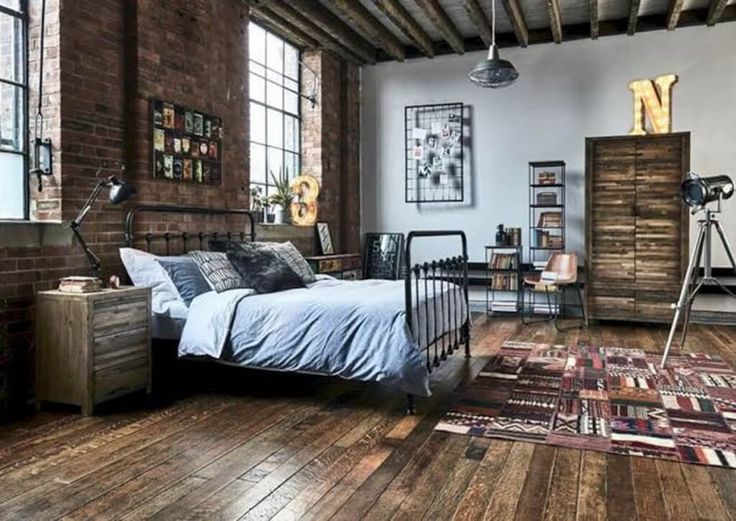It takes a keen eye and an inventive mind to thrive in the interior design industry. Individuals and employers are seeking business persons with an inventive streak to take their surroundings to the next level.
Consider becoming one of these skilled professionals today. Distance learning can help you receive the degree you need to establish yourself as you study at your own pace. With the right information and guidance, you can learn how to share your gift and produce results in a timely manner.
Facts and Figures
- According to the U.S. Department of Education, 65% of institutions reported college-level online courses that granted credit while 23% reported noncredit distance courses.
- The Distance Education and Training Council reported 48% of students earned their degree online while 13% opted to go with the paper-based method.
- The National Association of Schools of Art and Design and The Council for Interior Design Accreditation both accredit postsecondary institutions with interior design programs.
- Interior designers need to be personable, conscientious, time-conscious and intuitive to carry out their goals effectively. They must also be capable of working independently, possess good analysis skills, stay up to date with the most current styles, and know how to communicate their ideas to their clients.
- Interior designers occupied 71,700 jobs in 2008, according to the U.S. Bureau of Labor Statistics.
- Although most interior designers are self-employed, many of them work in architecture firms.
- The salary for interior designers generally range from about $36,000/year to $52,000/year, depending on level of experience, type of employer, reputation, and geographical location.
- For interior designers, styles must reflect a consistent theme throughout the space they are working on.
- The overall goal of interior designers is to ensure their beautification of an interior space lifts employee morale, brings in more clientele and offers a soothing atmosphere.
Education, Training, and Licensure
Although a 2-year associate’s degree can qualify you for an assistant’s position, most employers prefer hiring someone with a 4-year bachelor’s degree to start as an entry-level Interior Designer. Courses may include Commercial Design, Materials, History of Furniture & Architecture, Spatial Planning, and Textiles.
After earning a degree, most graduates go on to pursue design apprenticeships. This helps them gain professional experience and build their portfolio before applying for their dream job or starting their own business.
Many states also require individuals to have their licenses in interior design. Applicants must have at least 6 years of combined training and experience to be eligible for the license exam which is provided by the National Council for Interior Design Qualification. Interior designers are usually required to further their education to maintain their license.


